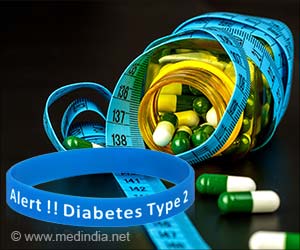A new study has shown that regular prescribing of antibiotics to children is still at a level that can cause them to develop a high level of drug resistance.
Although family doctors are strongly recommended to decrease antibiotic prescribing, it still remains a universal practice, write general practice Professor David Mant and colleagues at the University of Oxford.A paper published in 1999 reported that over half of children aged 0-5 years in the UK are given an average of 2.2 prescriptions for a ß-lactam antibiotic like amoxicillin from their general practitioner each year.
Although a drop in prescribing has most likely resulted in about a 40 percent plunge in consumption since then, unpublished data suggest that community antibiotic prescribing is again growing, they say.
So the researchers set off to measure the consequence of antibiotic prescribing on antibiotic resistance in individual children in primary care.
They identified 119 children attending general practices in Oxfordshire with severe respiratory tract infection, of whom 71 received amoxicillin and 48 were given no antibiotic. Background medical information was recorded and throat swabs were taken at the start of the study and again at two and 12 weeks to conclude whether resistant bacteria were present. Resistant bacteria were identified by the existence of a gene which codes for antibiotic resistance.
Results showed that in children who did not get an antibiotic, there was no raise in the proportion carrying resistant bacteria in the throat from the initial level at 2 or 12 weeks.
Advertisement
“These results show that prescribing amoxicillin to a child in general practice doubles the risk of recovering a resistance element from that child's throat two weeks later. Although this effect is temporary in the individual child, it may be sufficient to sustain a high level of antibiotic resistance in the population,” BMJ Online quoted Professor Mant said, as asying.
Advertisement
The findings of the study are published online by the British Medical Journal.
Source-ANI
SRM/C











